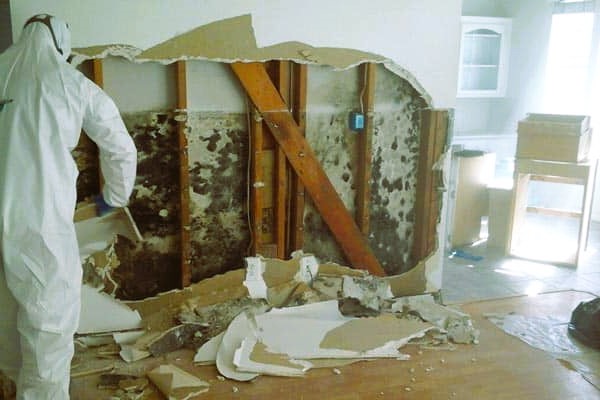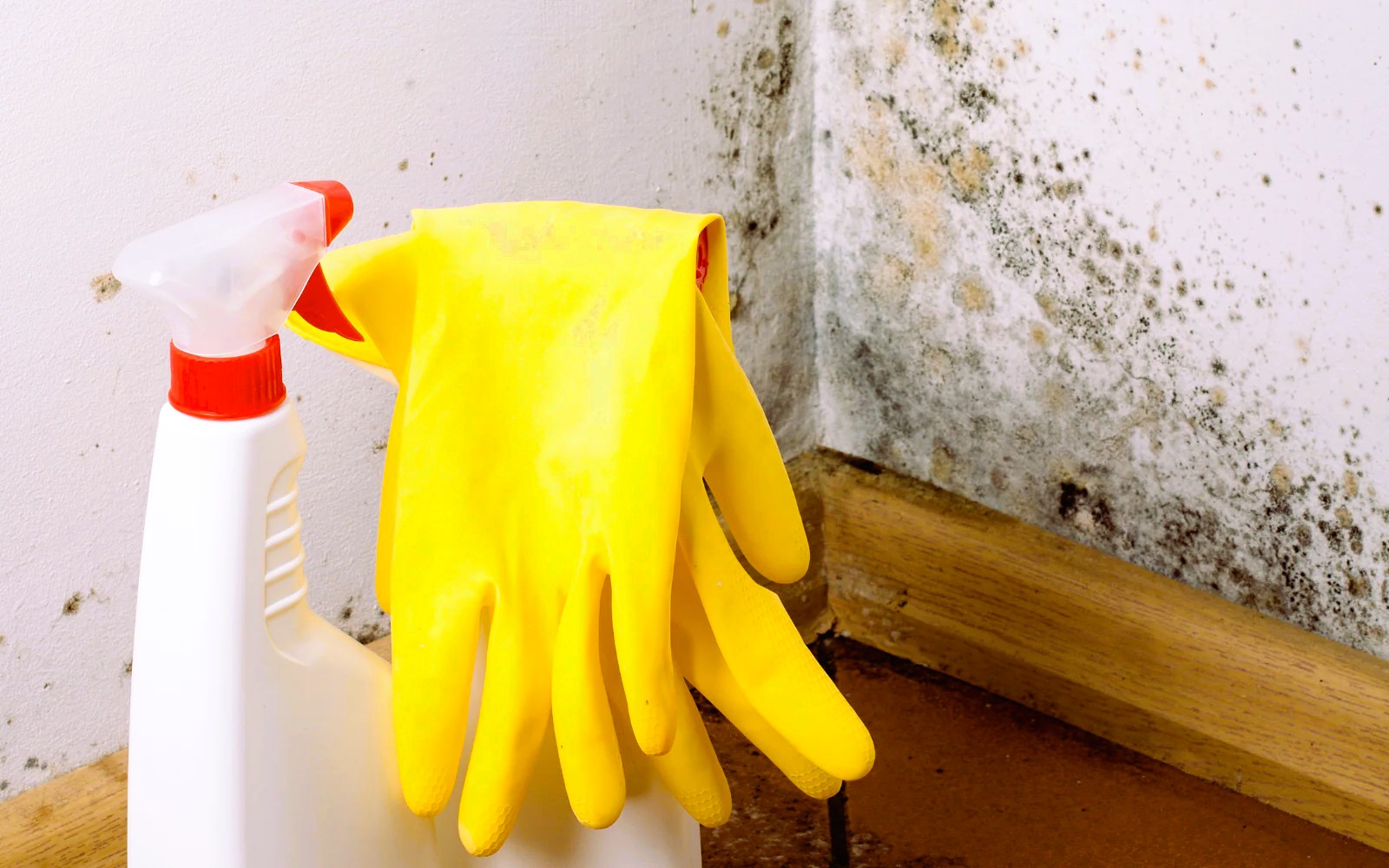Mold, a seemingly innocuous substance, can have severe implications for the health of your home and its occupants. While often undetected, mold growth can lead to a range of issues, from structural damage to adverse health effects. In this comprehensive guide, we delve into the hidden dangers of mold in your home, exploring its causes, effects, and effective strategies for prevention.
Understanding Mold:
What is Mold?
Mold is a type of fungus that thrives in damp and humid conditions. It reproduces through microscopic spores that are invisible to the naked eye. Mold can grow on various surfaces, including walls, ceilings, floors, and even household items.
Common Types of Household Mold:
- Stachybotrys Chartarum (Black Mold): Known for its dark color, this mold species is infamous for producing mycotoxins that can be harmful to human health.
- Aspergillus: Found in both indoor and outdoor environments, Aspergillus can cause respiratory infections and allergic reactions.
- Cladosporium: Often found in basements and damp areas, Cladosporium can trigger respiratory issues and skin infections.

Causes of Mold Growth:
- Excess Moisture: Leaks, water intrusion, or high humidity levels provide ideal conditions for mold growth.
- Poor Ventilation: Inadequate airflow can lead to stagnant air, promoting moisture accumulation and mold development.
- Water Damage: Untreated water damage, whether from leaks or flooding, can create a breeding ground for mold.
The Hidden Dangers:
1. Structural Damage:
Mold has the potential to compromise the structural integrity of your home. It can weaken walls, ceilings, and floors, leading to costly repairs and compromising the safety of your living space. Best practices for disinfecting surfaces to prevent COVID-19 infection, read more in our article.
2. Health Implications:
Exposure to mold can result in a variety of health issues, particularly for individuals with allergies, asthma, or compromised immune systems. Respiratory problems, skin irritation, and persistent coughing are common symptoms.
3. Allergenic Reactions:
Mold spores are known allergens. Even if you don’t have a mold allergy, prolonged exposure can lead to the development of sensitivities, causing allergic reactions over time.
4. Mycotoxins:
Certain mold species produce mycotoxins, toxic substances that can have serious health implications when inhaled or come into contact with the skin. Black mold, in particular, is associated with mycotoxin production.
Mold Prevention Strategies:
1. Control Indoor Humidity:
Maintain indoor humidity levels between 30-50%. Use dehumidifiers in damp areas to reduce moisture and discourage mold growth.
2. Proper Ventilation:
Ensure proper ventilation in bathrooms, kitchens, and attics. Use exhaust fans to expel humid air and introduce fresh air into these spaces.
3. Address Water Damage Promptly:

Fix leaks and water damage immediately. Thoroughly dry and clean affected areas within 24-48 hours to prevent mold growth.
4. Regular Inspections:
Conduct regular inspections of your home, paying attention to areas prone to mold growth, such as basements, crawl spaces, and around windows.
5. Use Mold-Resistant Products:
Consider using mold-resistant building materials and paints in susceptible areas of your home, especially in bathrooms and basements.
Conclusion:
The hidden dangers of mold in your home necessitate proactive measures to prevent its growth and mitigate its effects. Regular maintenance, prompt addressing of water damage, and controlling indoor humidity are key components of a comprehensive mold prevention strategy.
For more detailed information on mold prevention and home maintenance, you can visit Canada.ca – the official website for the Government of Canada, providing valuable resources on maintaining a healthy home environment.
By understanding the dangers of mold and implementing preventative measures, you can create a safe and healthy living environment for you and your loved ones. Don’t let the hidden dangers of mold compromise the well-being of your home.


